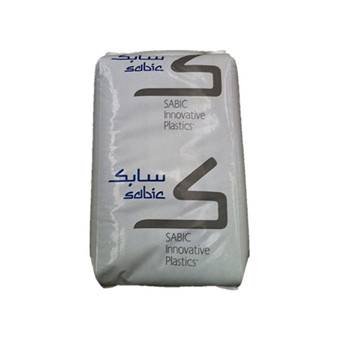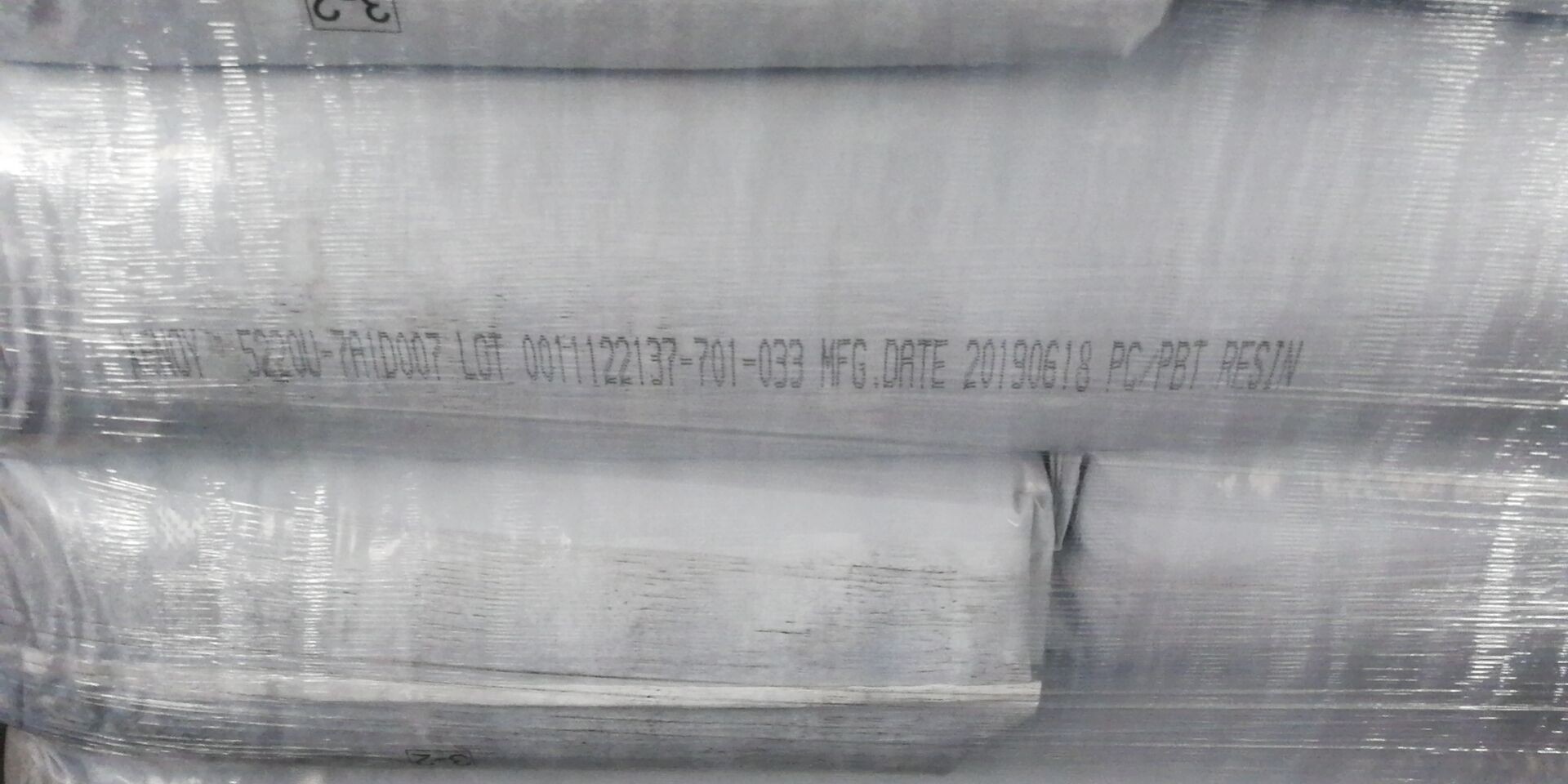
PC/PBT XENOY™ 5220U-7A1D007 SABIC INNOVATIVE SHANGHAI
354
- Unit Price:US$ 2,746 /MT
- Packaging Specification:25 KG/PKG
- Packaging Material:Paper bag
- Supply Quantity:93MT
- Delivery Terms:FOB
- Port of Loading :China Main Port
- Accepted Payment Methods:T/T
- Shipping:Negotiate supplier for shipping details
Supplier Information
ASIA PLASTIC EXCHANGE LIMITED
+86 755 ********View
serv********View
+86 ********View
For more details, please contact the supplier!
Material Description
- Material Properties:UV resistance|Antichemical
- Application Areas:Electronic accessories
- Color:--
- Grade:UV resistant grade
Technical Data Sheet
| impact performance | Test Condition | Test Method | Test Result |
|---|---|---|---|
| Dart impact | 23°C, Total Energy | ASTM D3763 | 60.0 J |
| flammability | Test Condition | Test Method | Test Result |
|---|---|---|---|
| UL flame retardant rating | 1.5 mm | UL 94 | HB |
| mechanical properties | Test Condition | Test Method | Test Result |
|---|---|---|---|
| Tensile modulus | --3 | ASTM D638 | 2250 Mpa |
| --4 | ASTM D638 | 2250 Mpa | |
| -- | ISO 527-2/1 | 2050 Mpa | |
| tensile strength | Yield5 | ASTM D638 | 53.0 Mpa |
| Yield | ISO 527-2/50 | 50.0 Mpa | |
| Break5 | ASTM D638 | 51.0 Mpa | |
| Break | ISO 527-2/50 | 50.0 Mpa | |
| elongation | Yield5 | ASTM D638 | 4.0 % |
| Yield | ISO 527-2/50 | 4.0 % | |
| Break5 | ASTM D638 | 120 % | |
| Break | ISO 527-2/50 | 120 % | |
| Bending modulus | 50.0 mm Span6 | ASTM D790 | 2030 Mpa |
| --7 | ISO 178 | 2000 Mpa | |
| bending strength | --7,8 | ISO 178 | 80.0 Mpa |
| Yield, 50.0 mm Span6 | ASTM D790 | 84.0 Mpa |
| injection | Test Condition | Test Method | Test Result |
|---|---|---|---|
| drying temperature | 110 °C | ||
| drying time | 4.0 to 6.0 hr | ||
| Suggested maximum moisture content | 0.020 % | ||
| Suggested injection volume | 50 to 80 % | ||
| Temperature at the rear of the barrel | 245 to 265 °C | ||
| Temperature in the middle of the barrel | 250 to 270 °C | ||
| Temperature at the front of the material cylinder | 255 to 275 °C | ||
| Spray nozzle temperature | 255 to 270 °C | ||
| Processing (melt) temperature | 260 to 275 °C | ||
| Mold temperature | 65 to 90 °C | ||
| Back pressure | 0.300 to 0.700 Mpa | ||
| Screw speed | 50 to 80 rpm | ||
| Exhaust hole depth | 0.013 to 0.020 mm |
| thermal performance | Test Condition | Test Method | Test Result |
|---|---|---|---|
| Hot deformation temperature | 0.45 MPa, Unannealed, 6.40 mm | ASTM D648 | 107 °C |
| 1.8 MPa, Unannealed, 3.20 mm | ASTM D648 | 84.0 °C | |
| 1.8 MPa, Unannealed, 6.40 mm | ASTM D648 | 99.0 °C | |
| 1.8 MPa, Unannealed, 4.00 mm, 64.0 mm Span10 | ISO 75-2/Af | 75.0 °C | |
| Vicat softening temperature | -- | ASTM D152511 | 122 °C |
| -- | ISO 306/B50 | 120 °C | |
| -- | ISO 306/B120 | 125 °C | |
| Linear coefficient of thermal expansion | Flow : -40 to 40°C | ASTM E831 | 9.5E-5 cm/cm/°C |
| Across Flow : -40 to 40°C | ASTM E831 | 9.0E-5 cm/cm/°C | |
| Across Flow : -40°C | ISO 11359-2 | 9.0E-5 cm/cm/°C | |
| RTI Elec | UL 746 | 75.0 °C | |
| RTI Imp | UL 746 | 75.0 °C | |
| RTI | UL 746 | 75.0 °C |
| Physical properties | Test Condition | Test Method | Test Result |
|---|---|---|---|
| Specific volume | ASTM D792 | 0.830 cm³/g | |
| melt mass-flow rate | 250°C/5.0 kg | ISO 1133 | 16 g/10 min |
| Melt Volume Flow Rate (MVR) | 250°C/5.0 kg | ISO 1133 | 15.0 cm3/10min |
| Shrinkage rate | Flow : 3.20 mm | Internal Method | 0.80 - 1.0 % |
| Across FlowFlow 2 | Internal Method | 0.80 - 1.0 % | |
| Water absorption rate | Saturation, 23°C | ISO 62 | 0.50 % |
| Equilibrium, 23°C, 50% RH | ISO 62 | 0.15 % | |
| Outdoor applicability | UL 746C | f2 |
| Electrical performance | Test Condition | Test Method | Test Result |
|---|---|---|---|
| Arc resistance | ASTM D495 | PLC 5 | |
| Compared to the anti leakage trace index | UL 746 | PLC 1 | |
| High arc combustion index | UL 746 | PLC 0 | |
| High voltage arc tracing rate | UL 746 | PLC 0 | |
| Hot wire ignition | UL 746 | PLC 3 |
IMPORTANT NOTES: Plas.com collected the data in the data sheet from the material manufacturers. Plas.com makes the best effort to improve the accuracy of the data, but has no responsibility for the data. We strongly recommend verifying the validity of the data with the material manufacturers before making a final decision.
